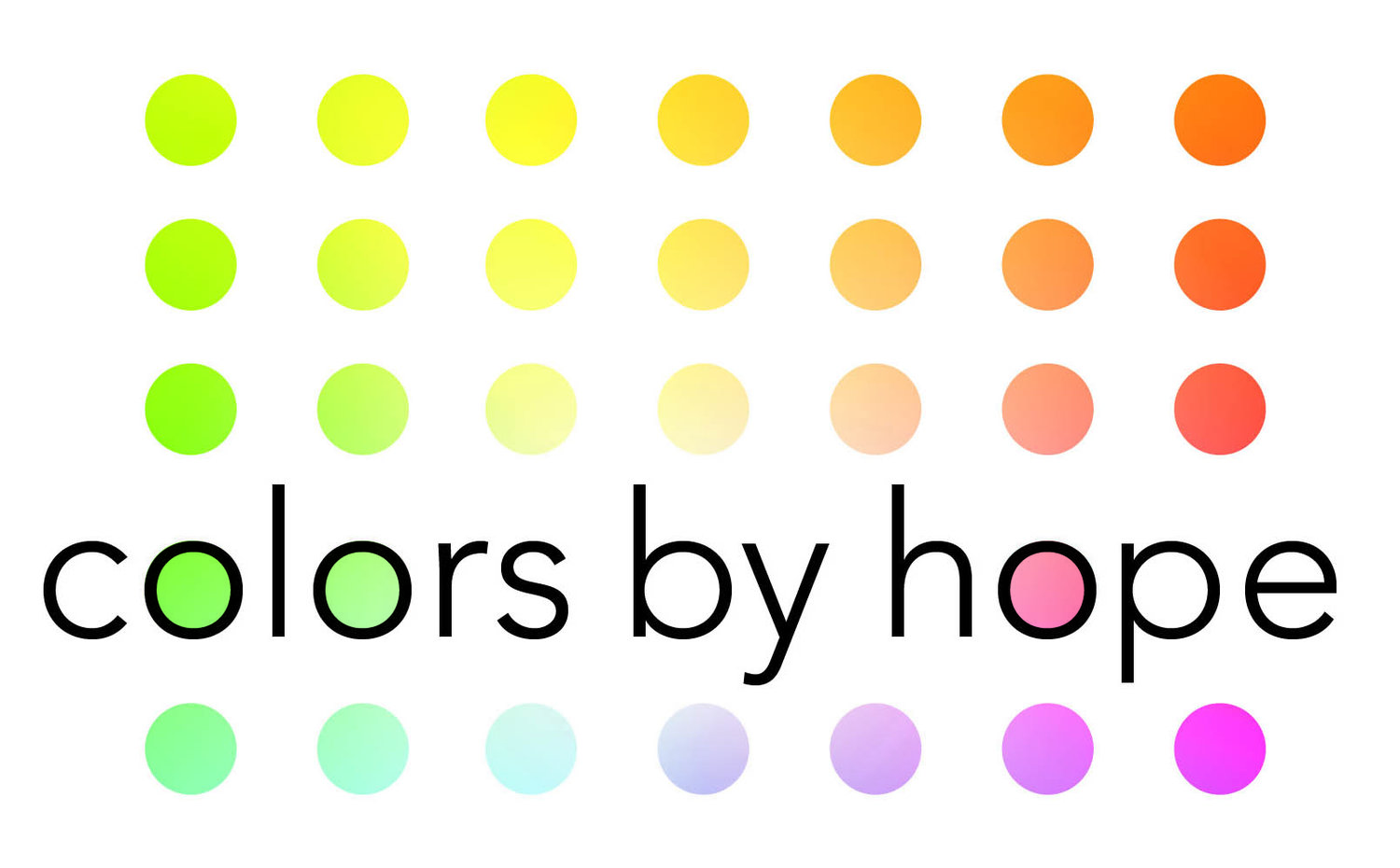1. What do I need to do to prepare for a personal color analysis appointment?
Dress in comfortable clothing, preferably in layers, but avoid high necklines (e.g., turtlenecks, collared shirts, hoods).
Do not wear makeup to the appointment – this can skew the results!
I will have water available, but feel free to bring caffeine and/or snacks so that you stay hydrated and energized.
2. Where are you located?
The studio is located in Cambridge, Massachusetts.
3. How long does it take?
It can take anywhere from 2 to 4 or more hours, depending on the type of service you choose. See my Services page for more information.
4. What happens during an appointment?
We'll start by going over the basic properties of color.
Next, we'll do the draping process – a systematic sequence in controlled lighting and a neutrally colored environment that allows us to compare the effects of different colors and find those that are most flattering to you.
Once we discover your personal color palette, we will talk about how to use your swatch book to find your best colors as you go through your closet or shop for clothes, accessories, makeup, etc.
Depending on the service you selected, we will do an optional makeup consultation and application.
If you brought items of clothing or makeup, we will swatch them to see how well they work with your color palette.
5. Do you offer gift certificates?
Yes! Contact me to learn more.
6. Why does personal color analysis have to be done in person?
To ensure accurate results. Some color analysts offer online services, but the results are significantly less accurate because colors become distorted on computer screens, photos, and videos. Furthermore, online services do not allow for the personal and interactive guidance that Colors by Hope provides. The 12 Blueprints approach utilizes a meticulously developed system involving a series of carefully calibrated fabric drapes, full spectrum lighting, and a neutral background, in order to ensure precision and eliminate guesswork.
7. Is color analysis inclusive of all races?
I can’t speak to all color analysis methods, but I feel fortunate to be trained in a color analysis system that works for everyone, regardless of skin tone, eye color, or hair color. Color analysis looks at how skin, eyes, and hair react to the colors around them, but it really does not matter how dark or light someone’s coloring is. People who look wildly different from each other can and often do end up with the same color palette. That’s because skin, eye, and hair tones can react in the same way to the colors around them even when they appear very different.
8. Are your services just for cis women?
No! I love working with people of all genders. I believe everyone can benefit from knowing what colors look best on them.
9. Are there some colors that look good on everyone?
I sometimes wish this were true. However, each color palette is different. There are some colors that are more “neutral” than others (not too warm or cool, light or dark, muted or bright), meaning more people can wear them and look reasonably good. But don’t you want to wear the colors that really make you shine?
10. I already know that I look good in red and bad in green, so how can this help me?
Actually, color is more subtle than that. Not all reds, greens, blues, yellows, purples, etc. are the same – some are light, others dark. Some are cool, others warm. Some are muted, others bright. Everyone has a version of the rainbow. Your red might be watermelon, while another person’s red might be brick or burgundy. Your handheld swatch book will help you identify your best reds, greens, blues, yellows, etc.
11. Will my best colors change from one season to another (e.g., from summer to winter)?
No. This is because your skin's undertone (and the way it reacts to hue, value, and chroma) is the key to finding your best colors, and undertone does not change. Your skin may darken in the summer and become paler in the winter, but its undertone will remain the same.
11. Will my best colors change over time?
No. Your hair may become darker or lighter or grayer or whiter, and your skin may appear to change with age (or based on sun exposure, as discussed above), but the way your skin, hair, and eyes react to their surrounding colors will not change. You may change how you wear your color palette over time (e.g., wearing more of your grays as your hair becomes gray). However, your best colors last for a lifetime.

